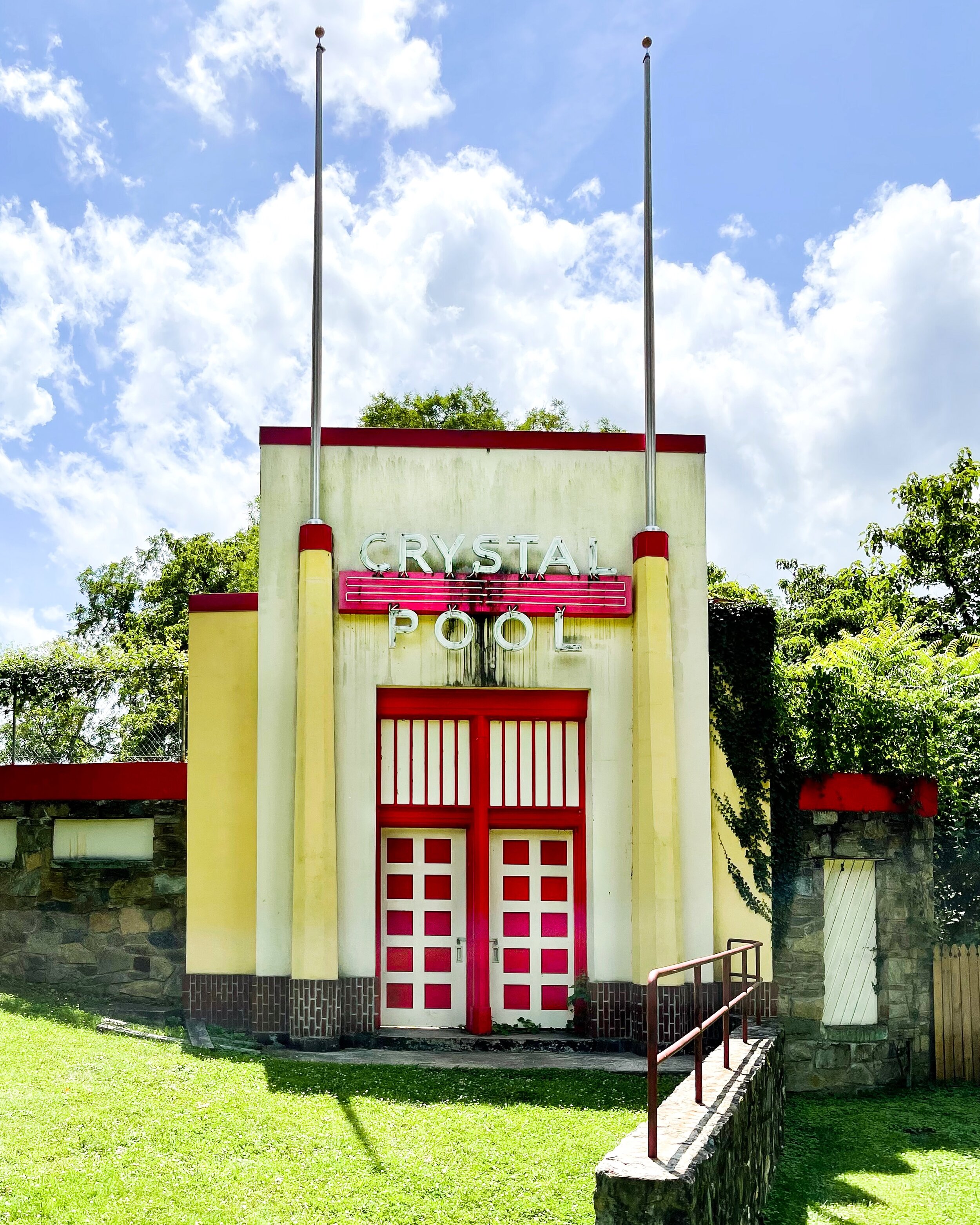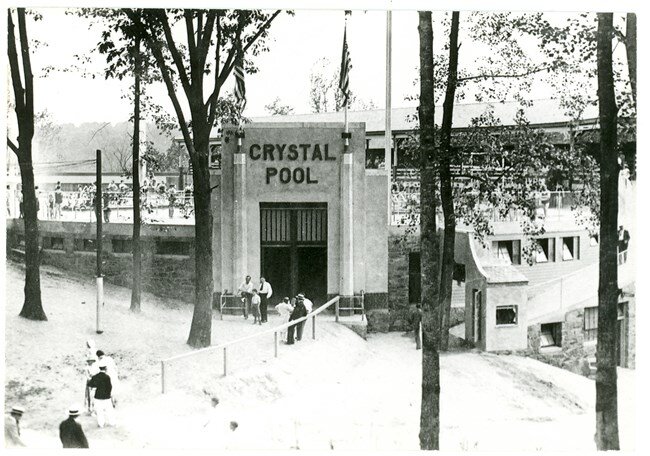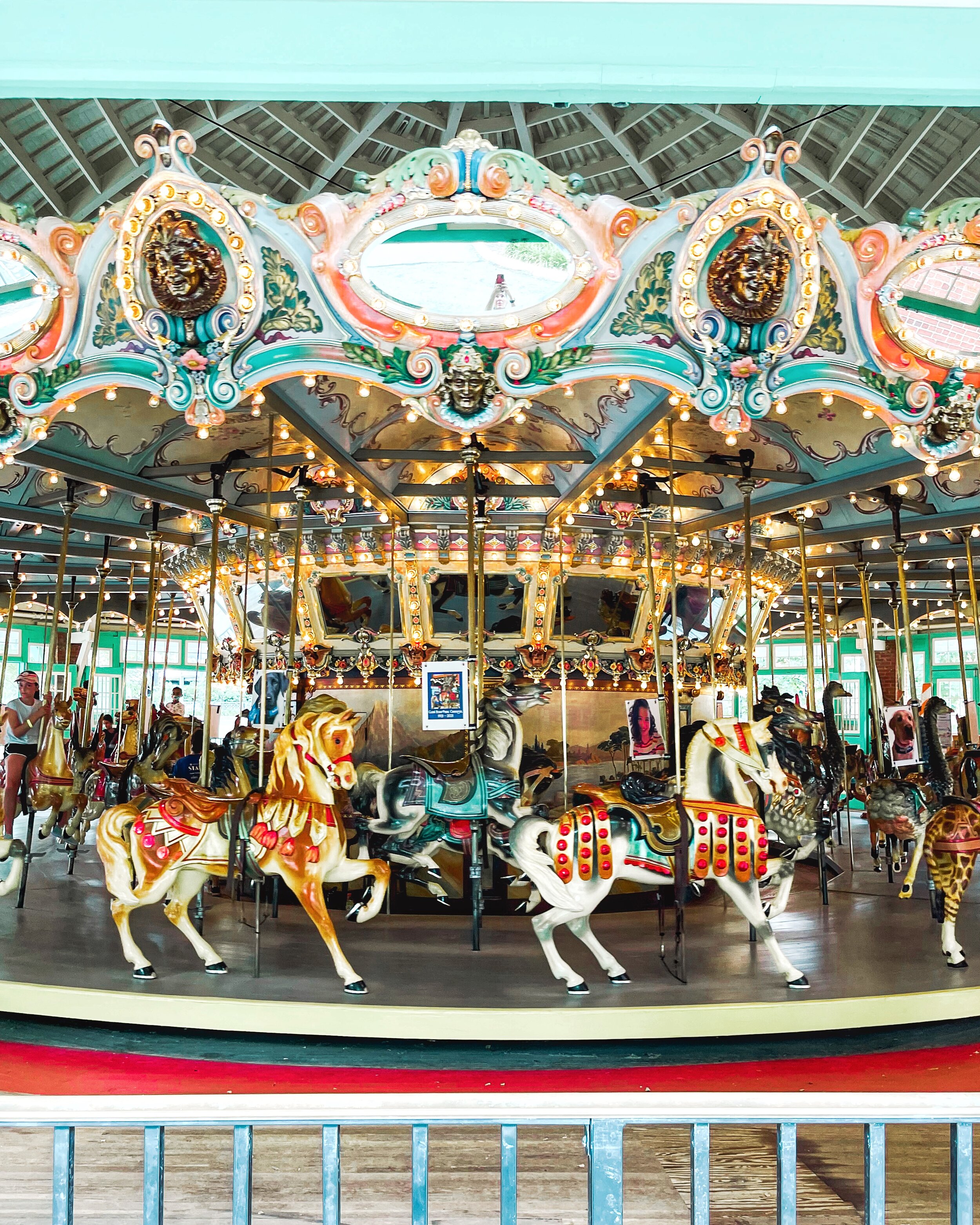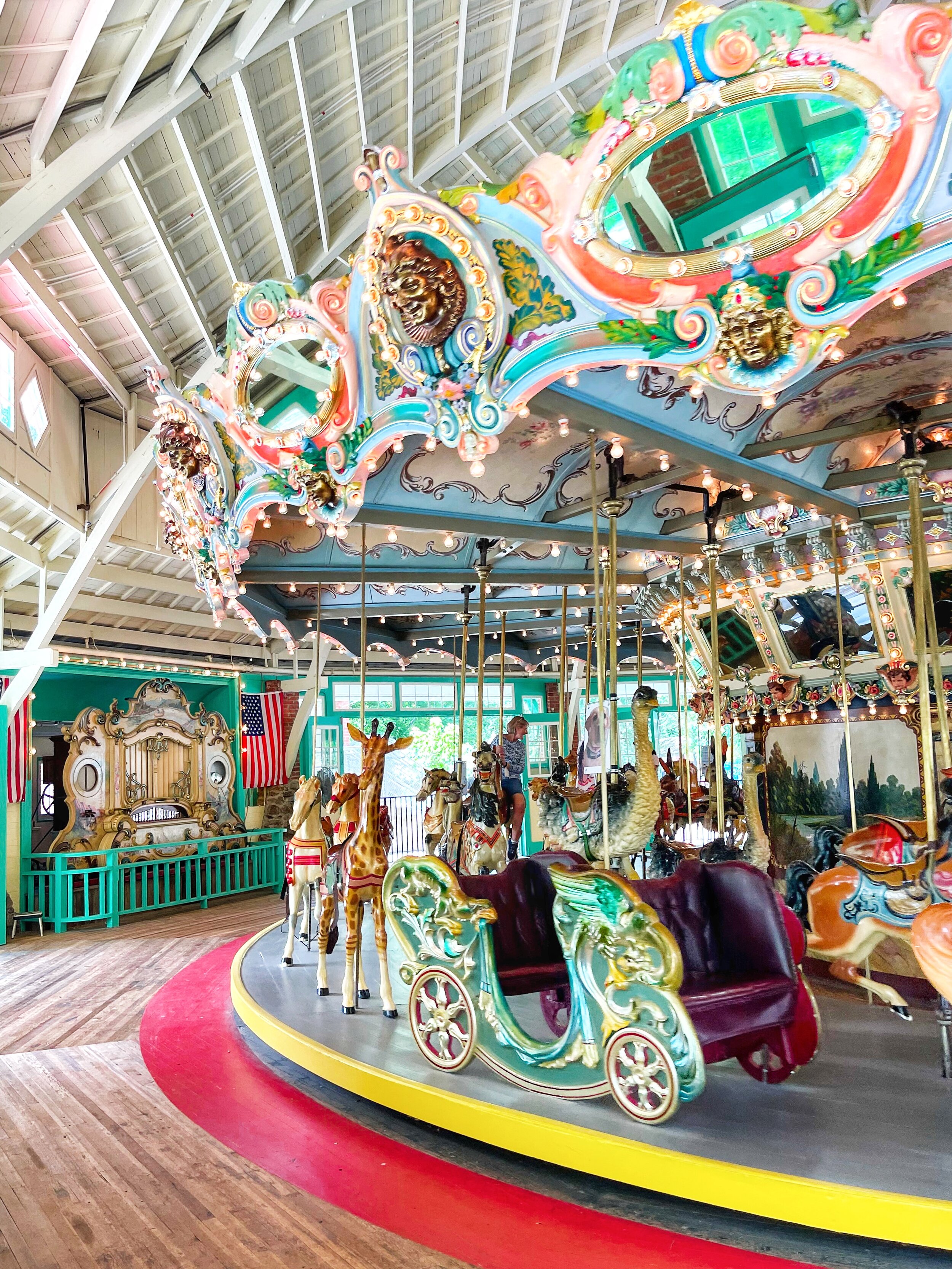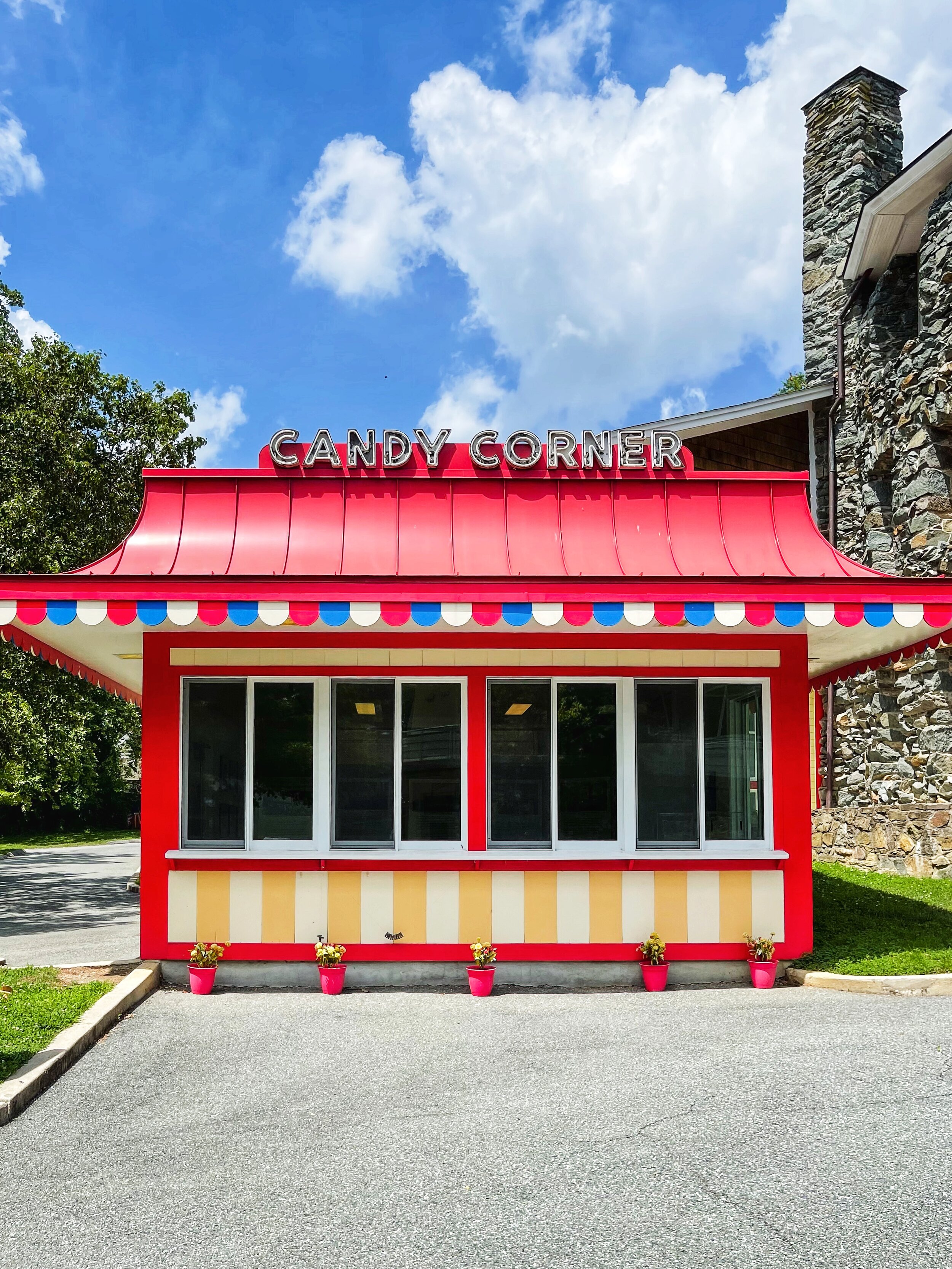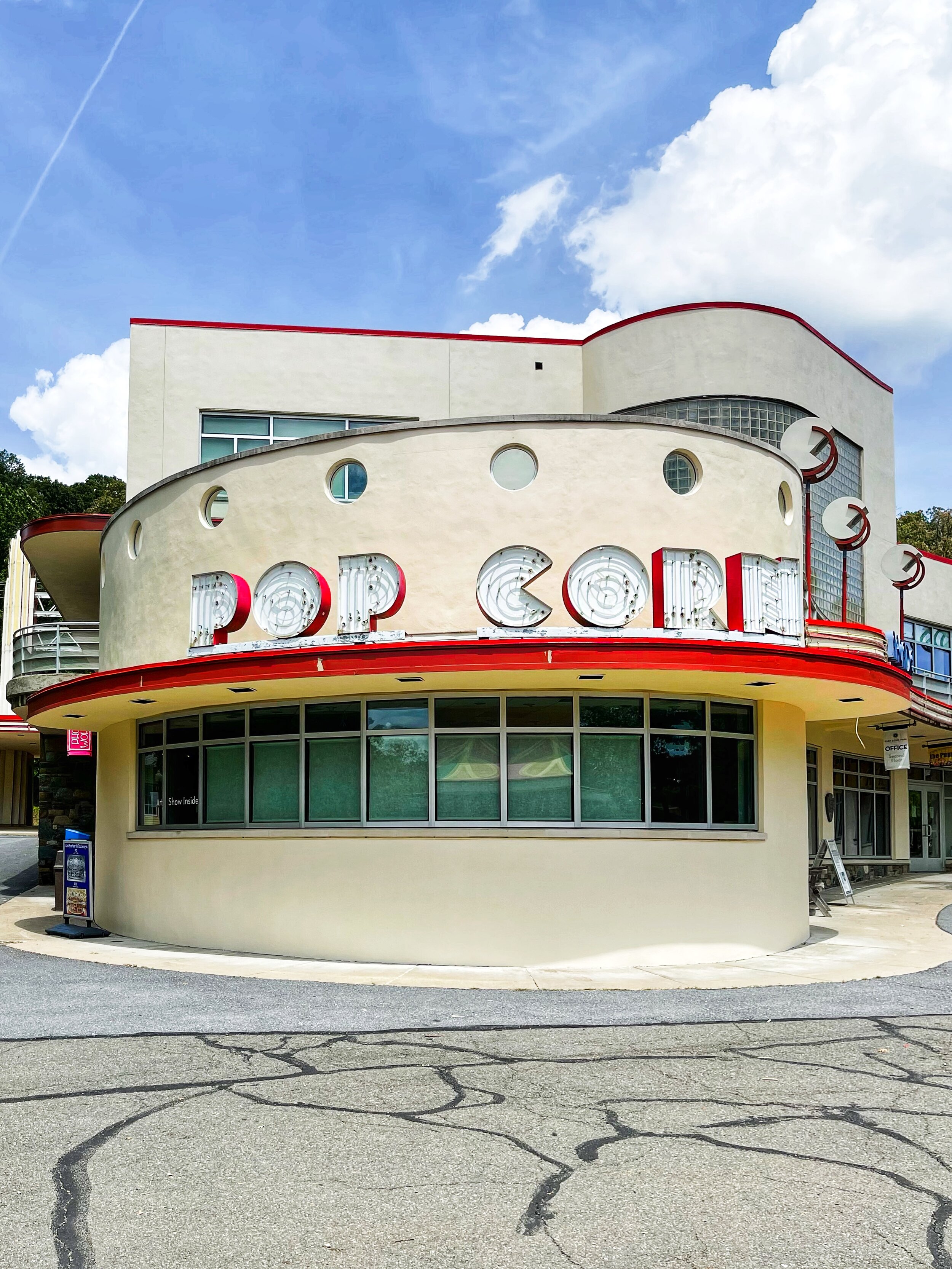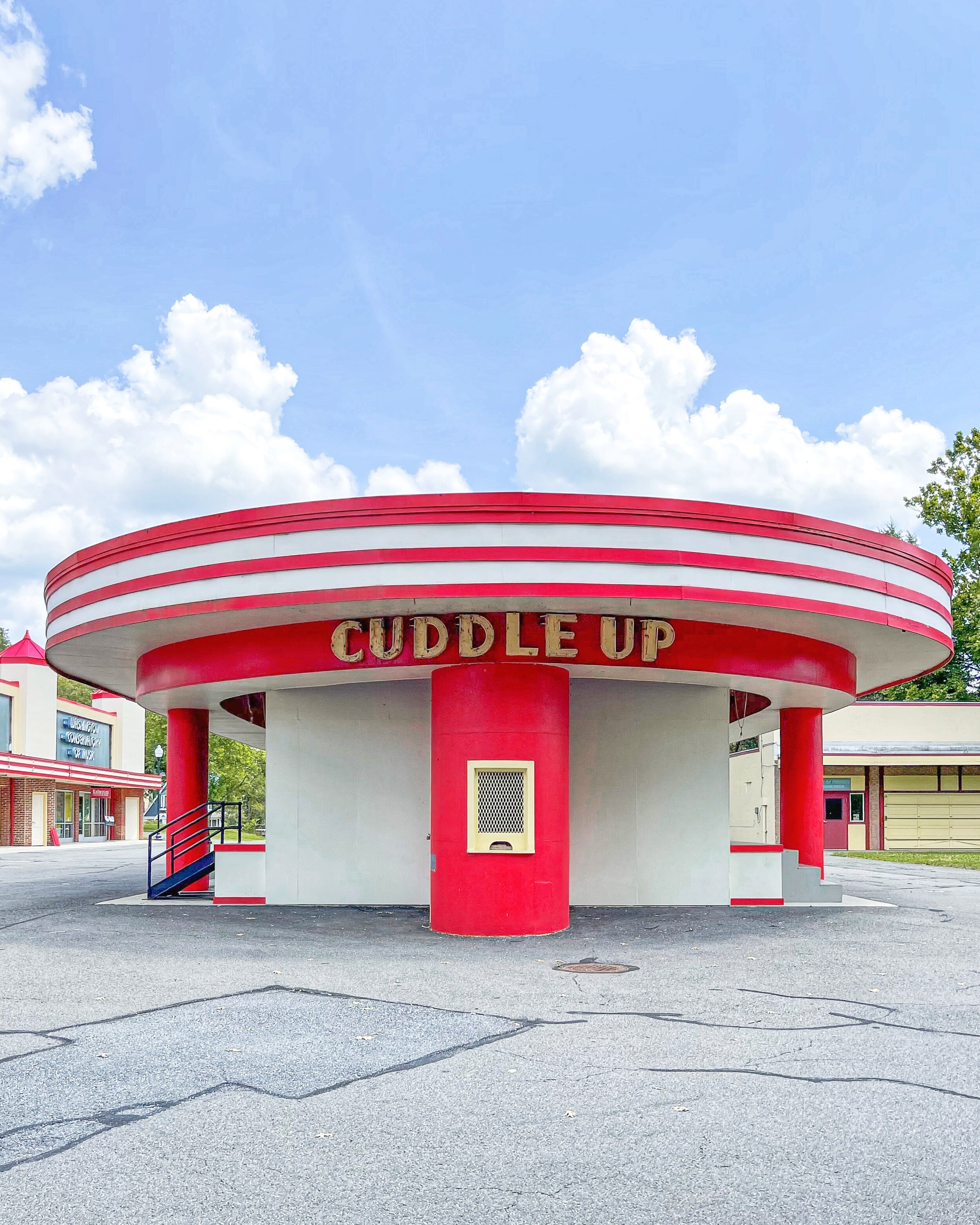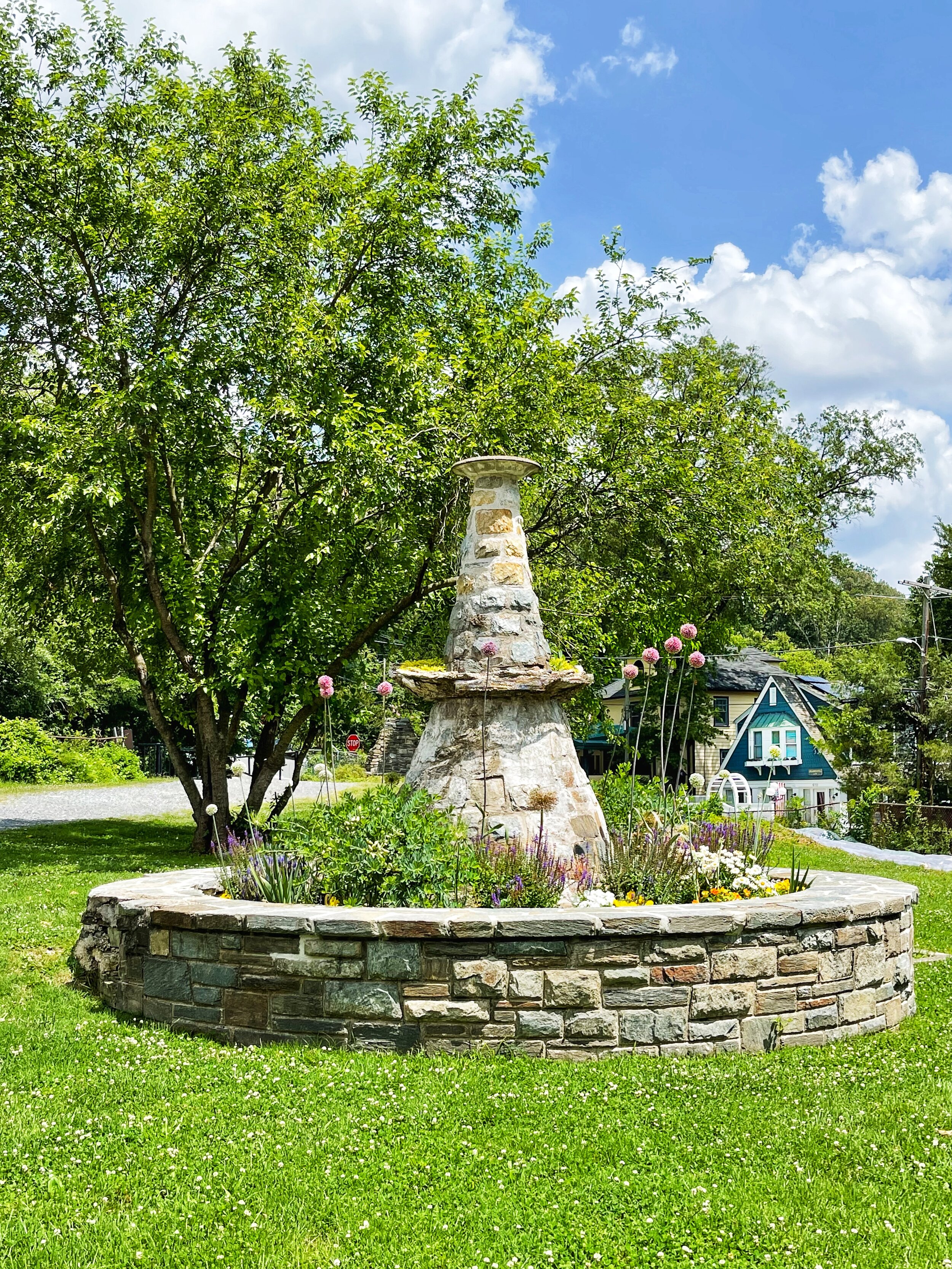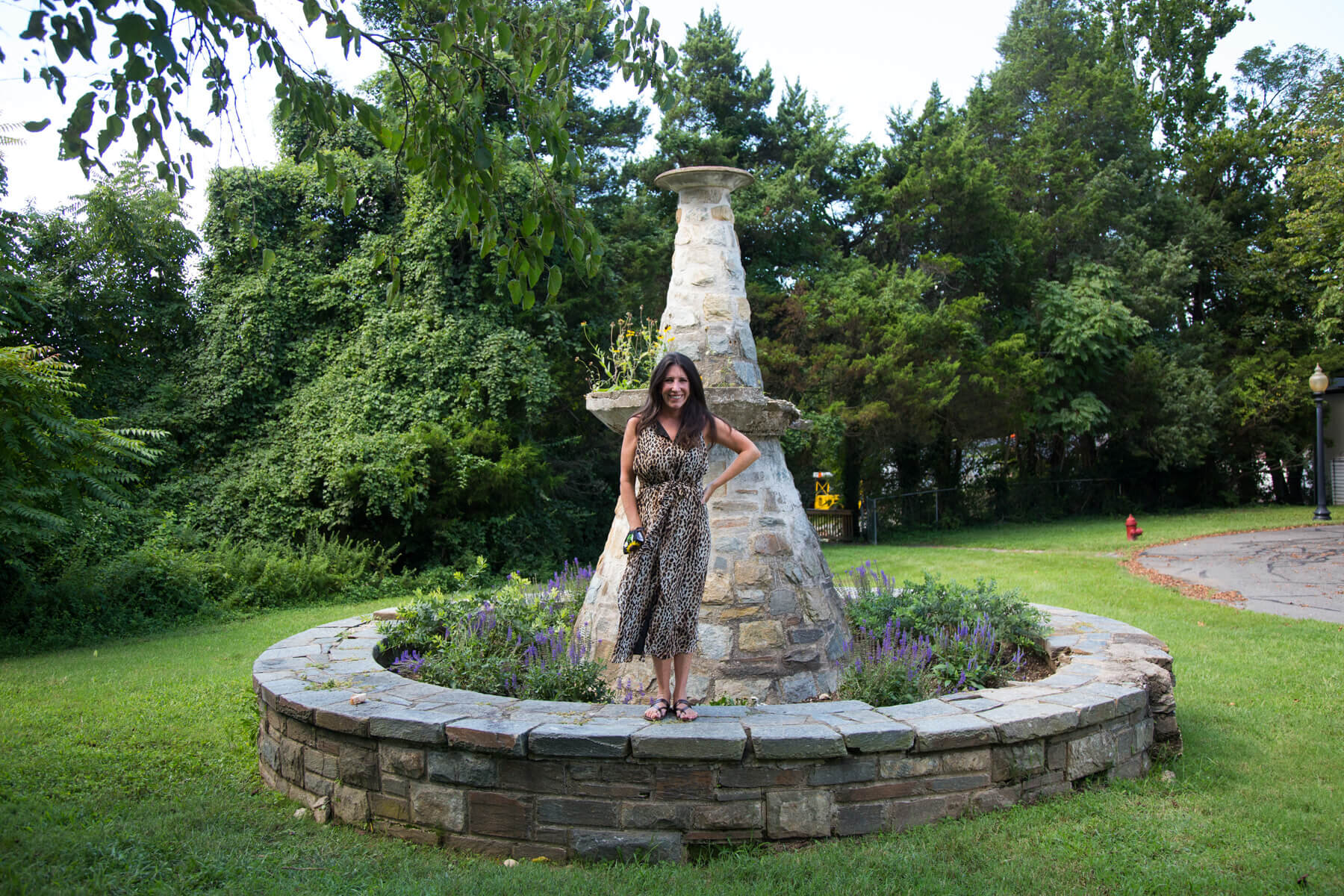300 MacArthur Boulevard
Glen Echo, MD 20812
Glen Echo Park, Glen Echo MD
The Park is home to 13 resident artists & organizations, a nature & aquatic life program for kids, a thriving social dance program, a restored 1921 Dentzel Carousel, two award-winning children's theaters, a weekend drop-in art program for children, numerous art studios and galleries, and hundreds of classes in visual & performing arts, including ceramics, painting, photography, glass, music, dance, and more. These activities, as well as free summer concerts, festivals, and special events bring thousands of visitors to the Park each year.*
*all facts taken from their website glenechopark.org as well as from the nps.gov site.
MY STORY:
I’m no stranger to Glen Echo Park. In fact, growing up, I took my first swimming lessons at the Crystal Pool. The Crystal Pool was designed to accommodate 3,000 swimmers, and included high and low diving platforms, a large water slide, a refreshment stand, and locker rooms. The general swimming area also featured an electric water fountain with rainbow lighting at night, blue-white flood lights, and an elaborate filtration system that filtered the entire 500,000 gallons of pool water every eight hours. Adjoining the pool: a First Aid building and a more than 10,000 square foot sand beach.
With dwindling attendance and a change in social and recreational interests, Glen Echo closed in 1968 and the rides dismantled. In 1971, the National Park Service took over management of the Park and it was the listed on the National Register of Historic Places in 1984.
Spanish Ballroom
I have taken many dance lessons in the Spanish Ballroom! From Zydeco, to Swing Dancing, lessons are early in the evening then at 9PM it turns into live entertainment and a chance to practice all the moves!
The Spanish Ballroom, built on the site of an earlier dance pavilion called the Crystal Ballroom, was inspired by Spanish mission architecture and includes 7,500 square feet of dance floor. The entire building (concrete, stucco, and steel construction) is 90 feet by 145 feet and was originally designed to accommodate 1,800 dancers. Under today's modern building codes, the ballroom has a capacity of 870. This beautifully restored 1933 Mediterranean-style Art Deco building, listed on the National Register of Historic Places, is considered one of the best dance halls on the east coast.
Dentzel Carousel
The historic Glen Echo Park Dentzel Carousel was installed at the Park in 1921. The canopy and the carved figures were made by the Dentzel Carousel Company of Germantown, Pennsylvania. It is a classic example of hand woodcarving popular during the early 1900s. From 1983 through 2003, the carousel was fully restored – including each animal. The carousel is listed on the National Register of Historic Places. The carousel is open May through September and celebrating their 100 year anniversary this year.
Art Deco Architecture
Many of Glen Echo Park's buildings and design elements were influenced by Art Deco, a design style characterized by bold, linear symmetry and references to sleek, streamlined machinery. Art Deco represented elegance, glamour, functionality, and leisure, and was especially appropriate for the modern rides of amusement parks.
Beeler Fountain
The Beeler Fountain was originally built in 1959 as part of a short-lived miniature golf course on the park’s grounds. With the exception of some pathways and another fountain, fully buried in the brush, “Beeler Fountain” is the only bit that remains.*
“It has remained largely untouched since the park closed in 1968 and, according to the National Park Service’s own assessments, it has ‘no historic value,’
Enter Barbara Martin, co-founder and co-CEO of the PR, marketing, events and creative agency the Brand Guild, who wandered into a back corner of Glen Echo Park after learning her college roommate Stephanie Beeler, a longtime employee of the National Park Service and U.S. Geological Survey, had a grim cancer diagnosis, Barbara decided channeled her energy into doing some good. It was there she found what she called a “crumbling fountain overgrown with weeds.” She started digging and filling it with flowers. It doesn’t have an official name, so she dubbed it “Beeler Fountain.”
*Information for this section was taken from an article in The Georgetowner, Nov 30, 2020 and the picture below of Barbara was taken by Heather Golde. You can find more information on the Beeler Fountain here.

